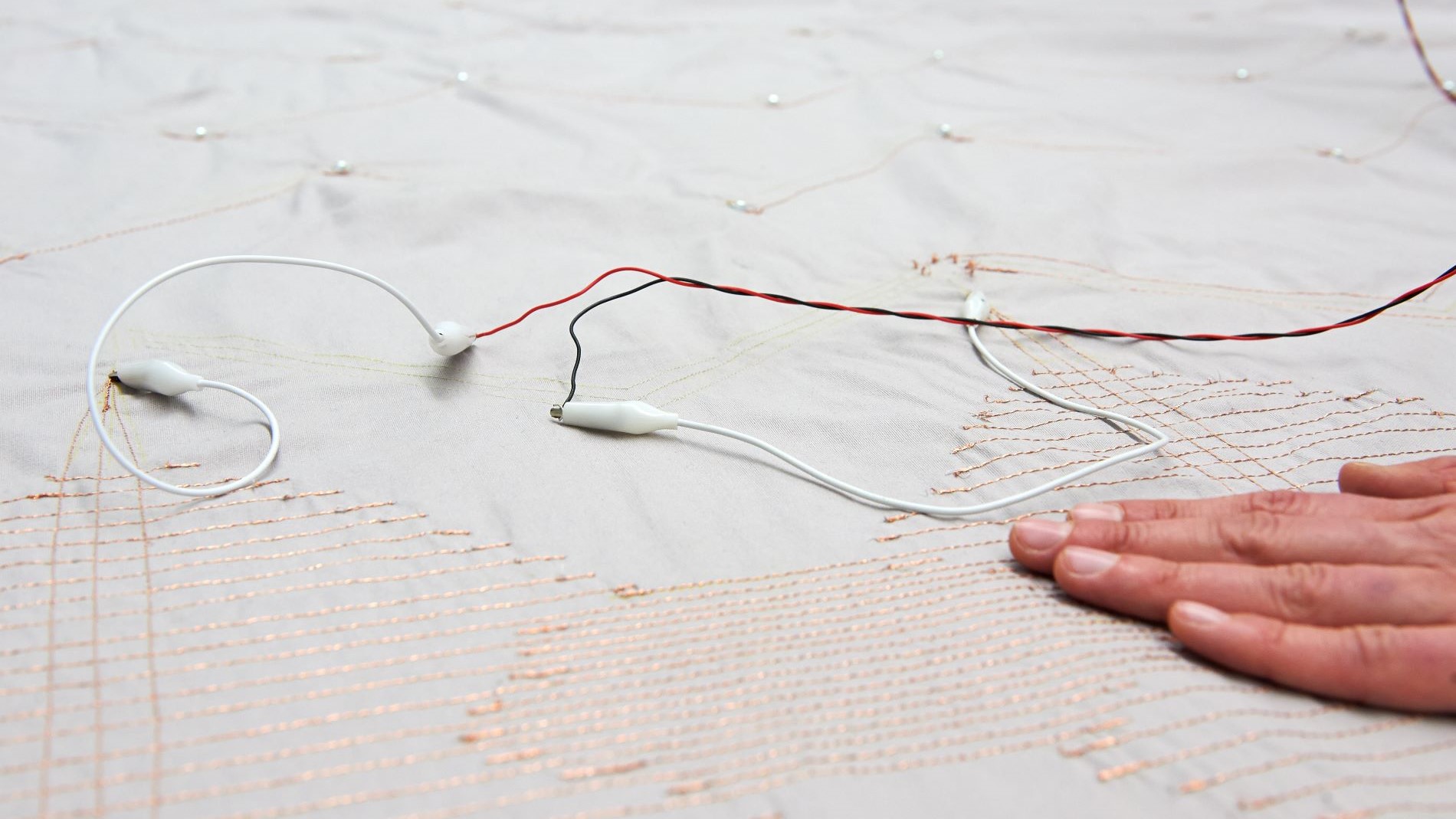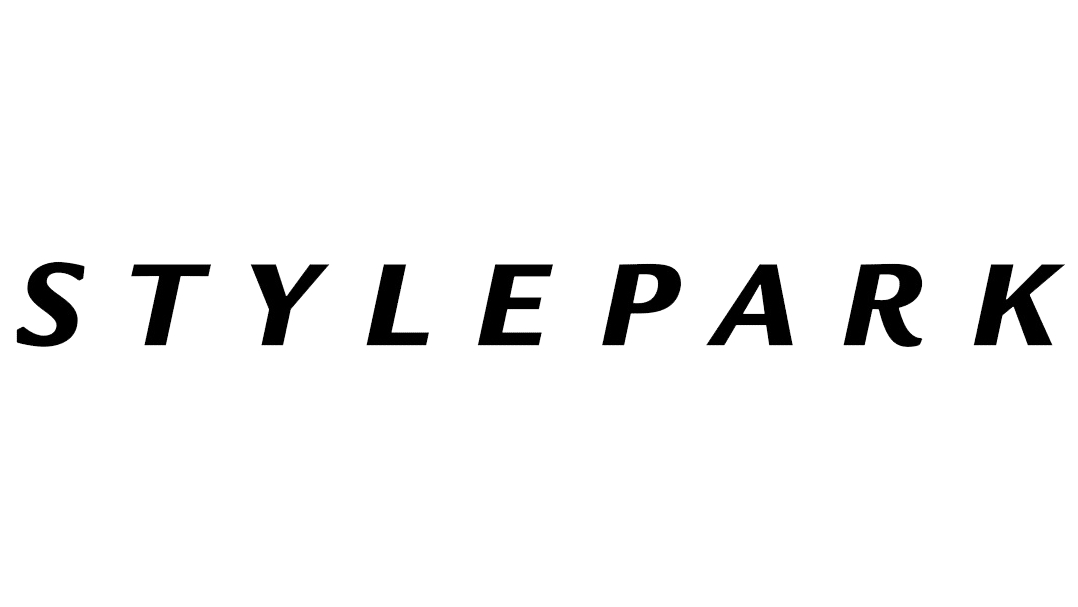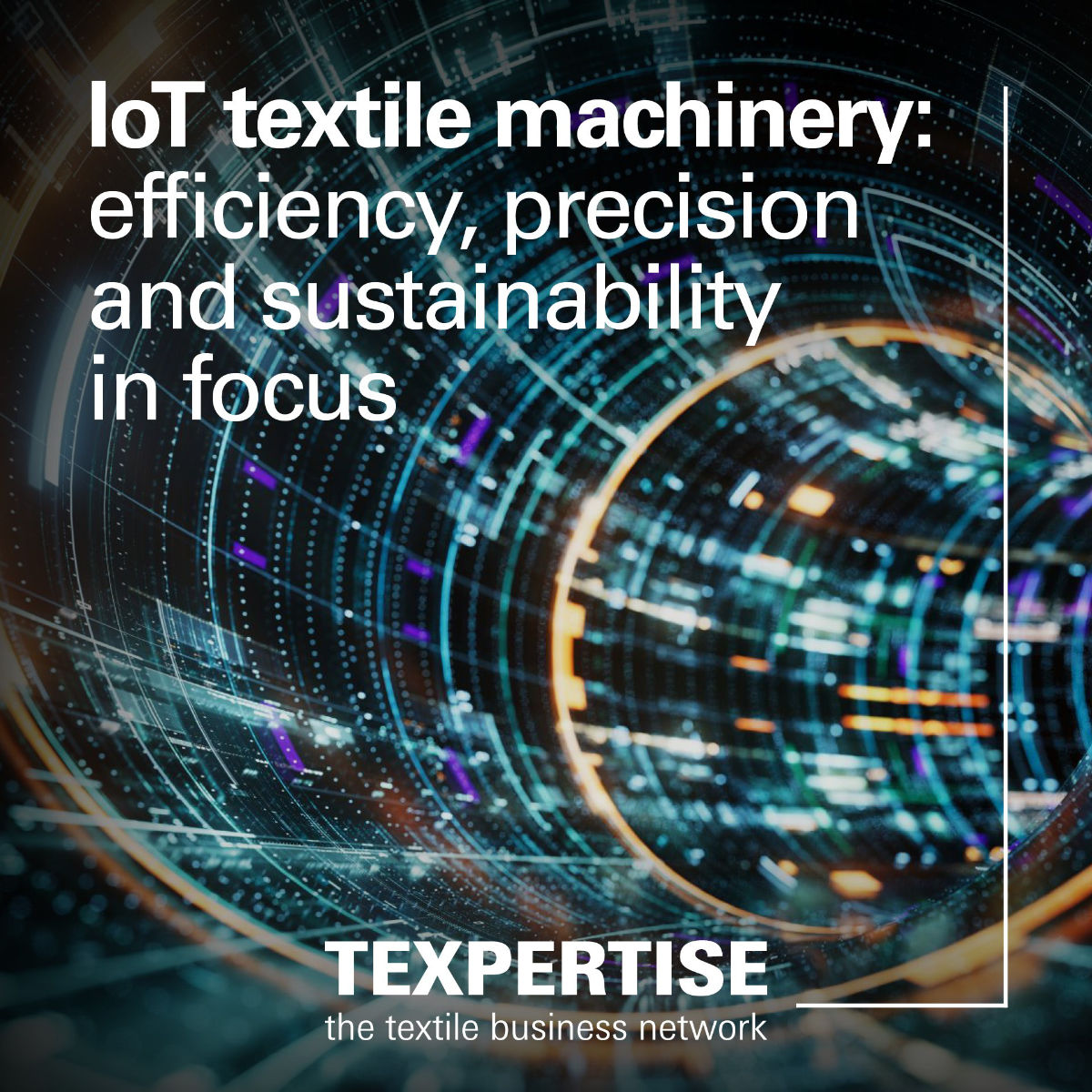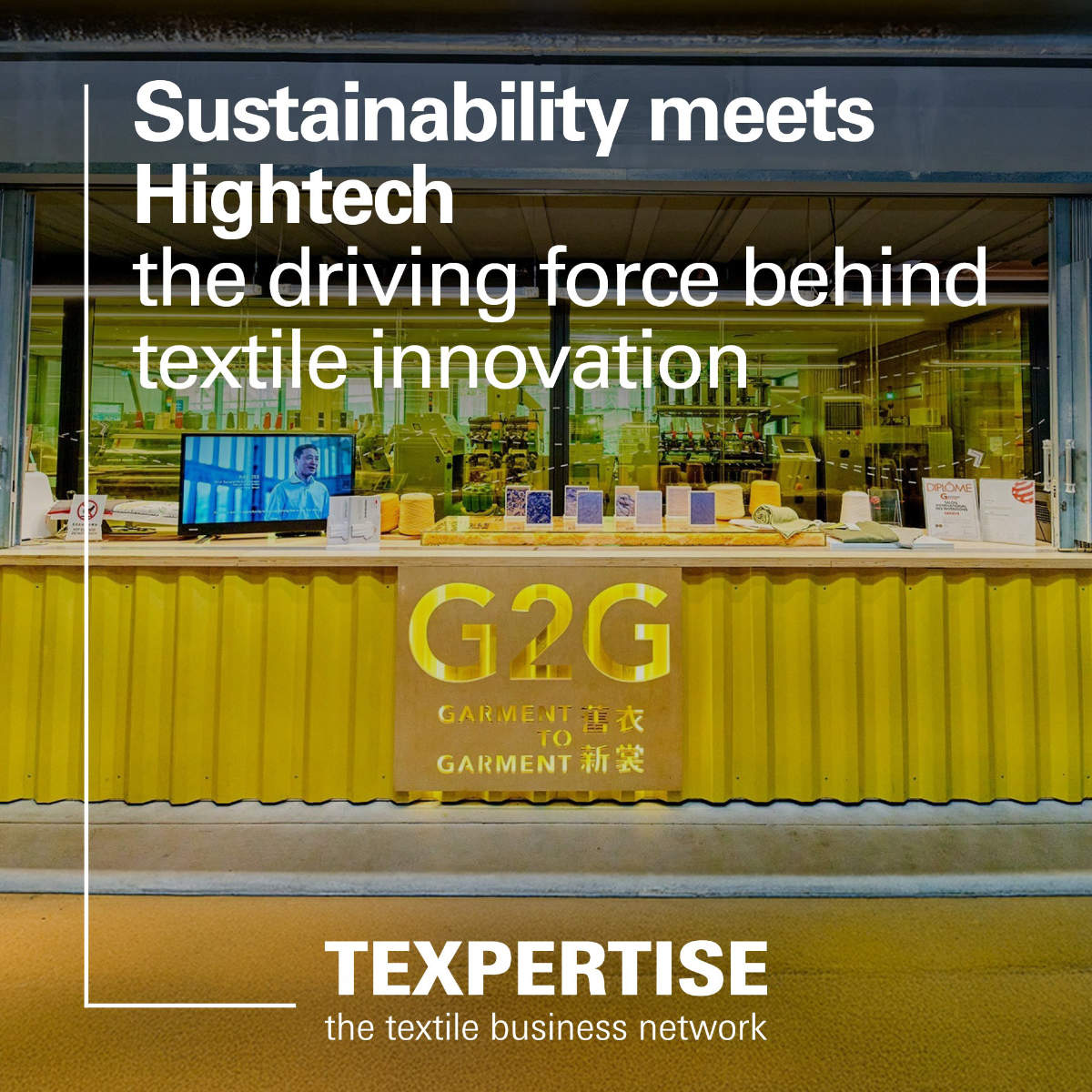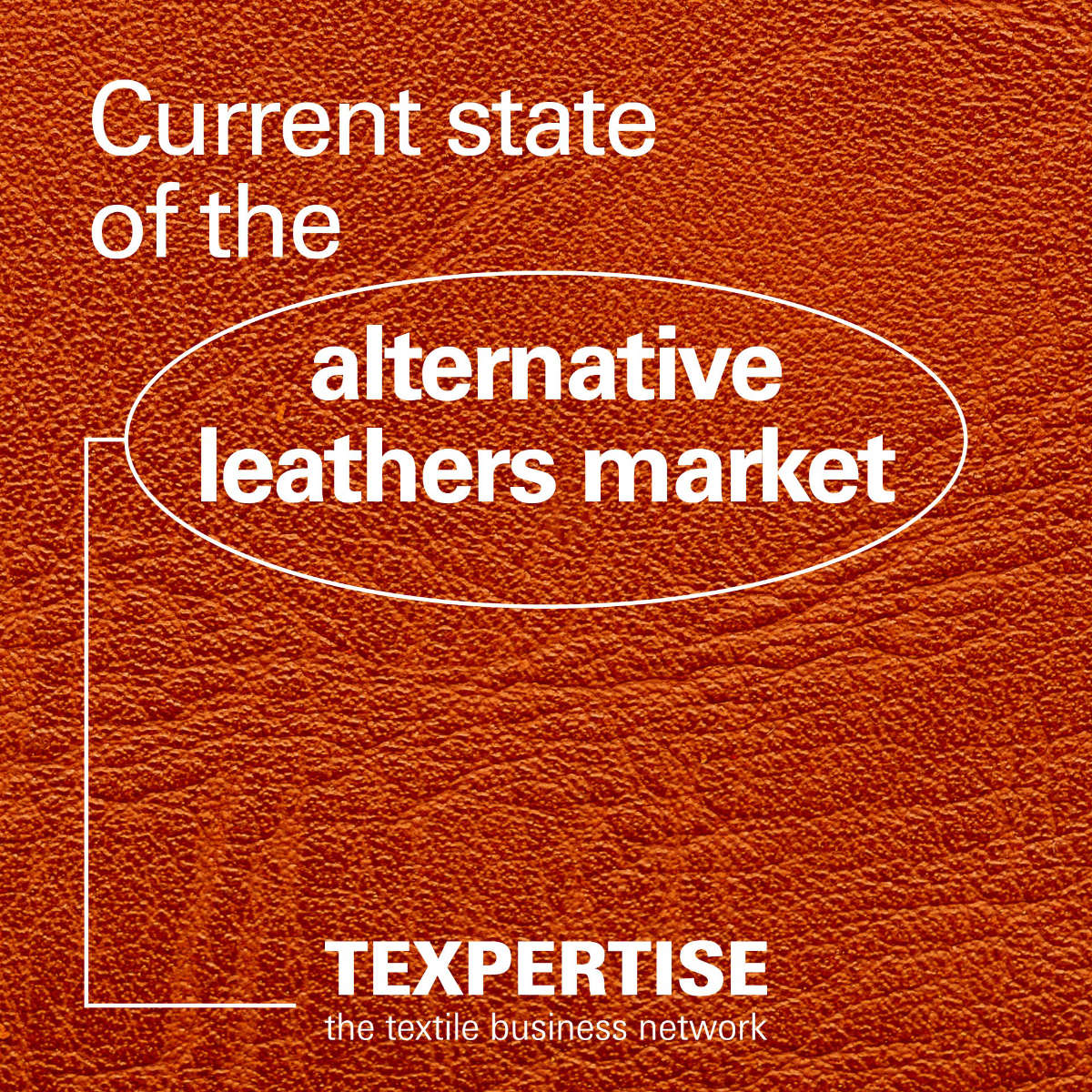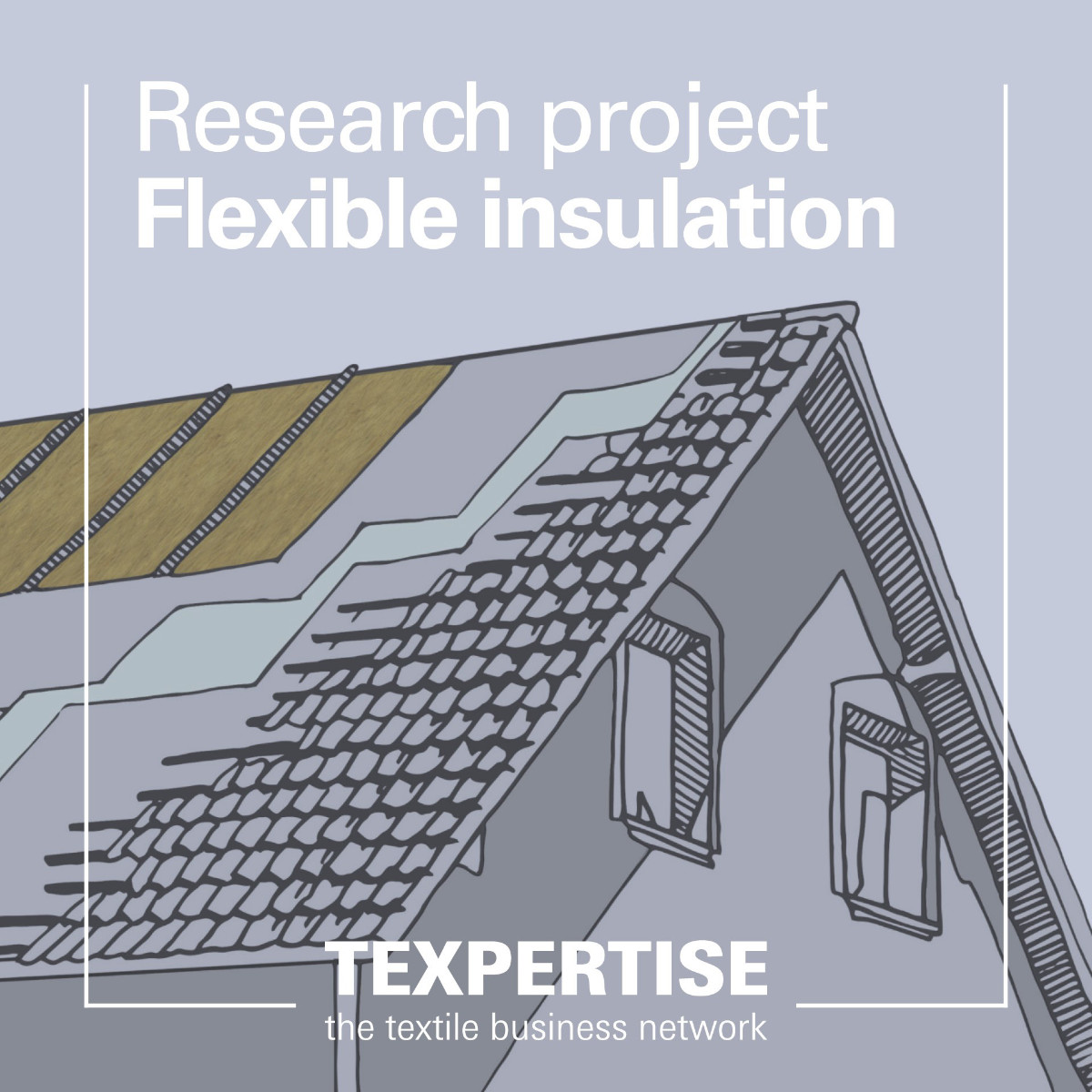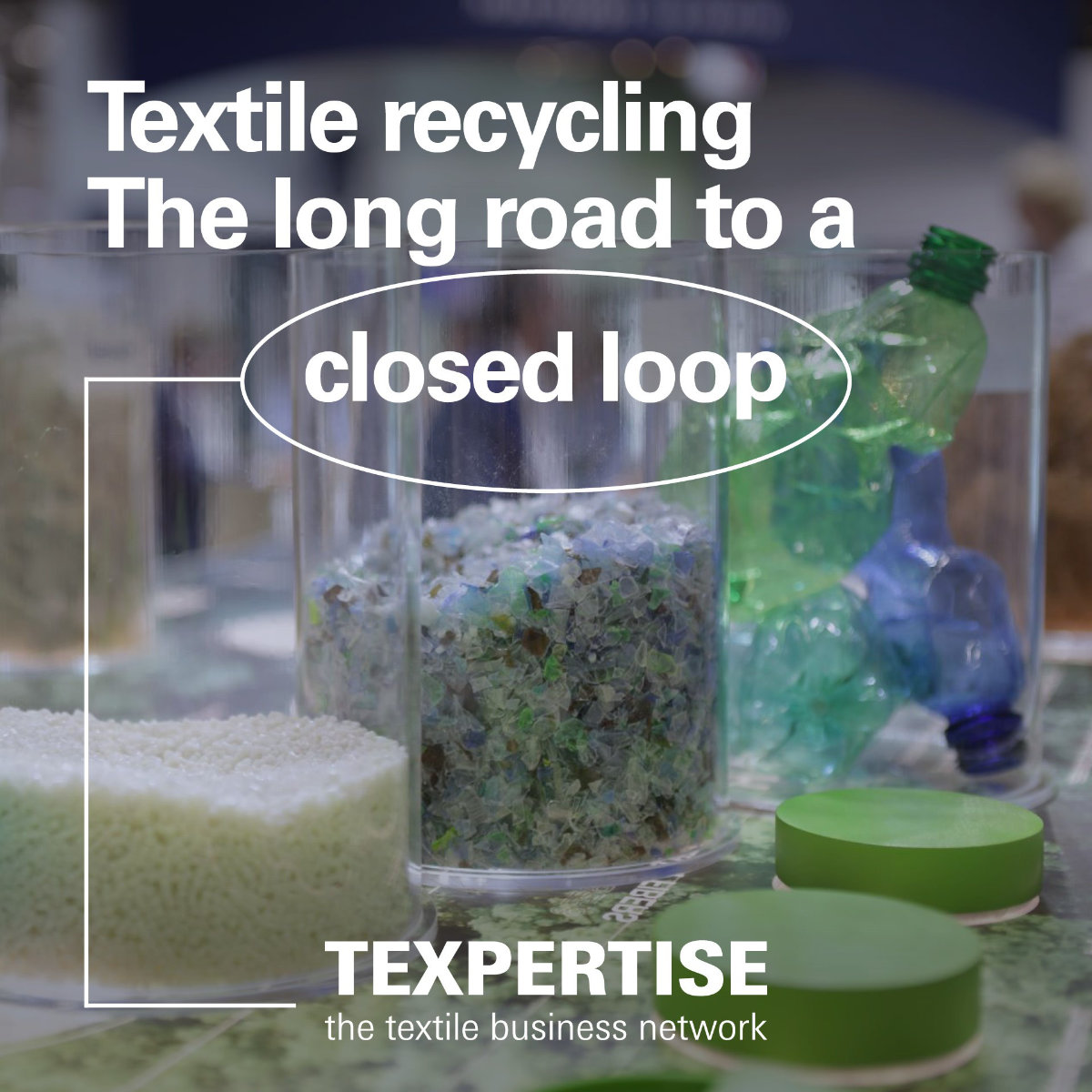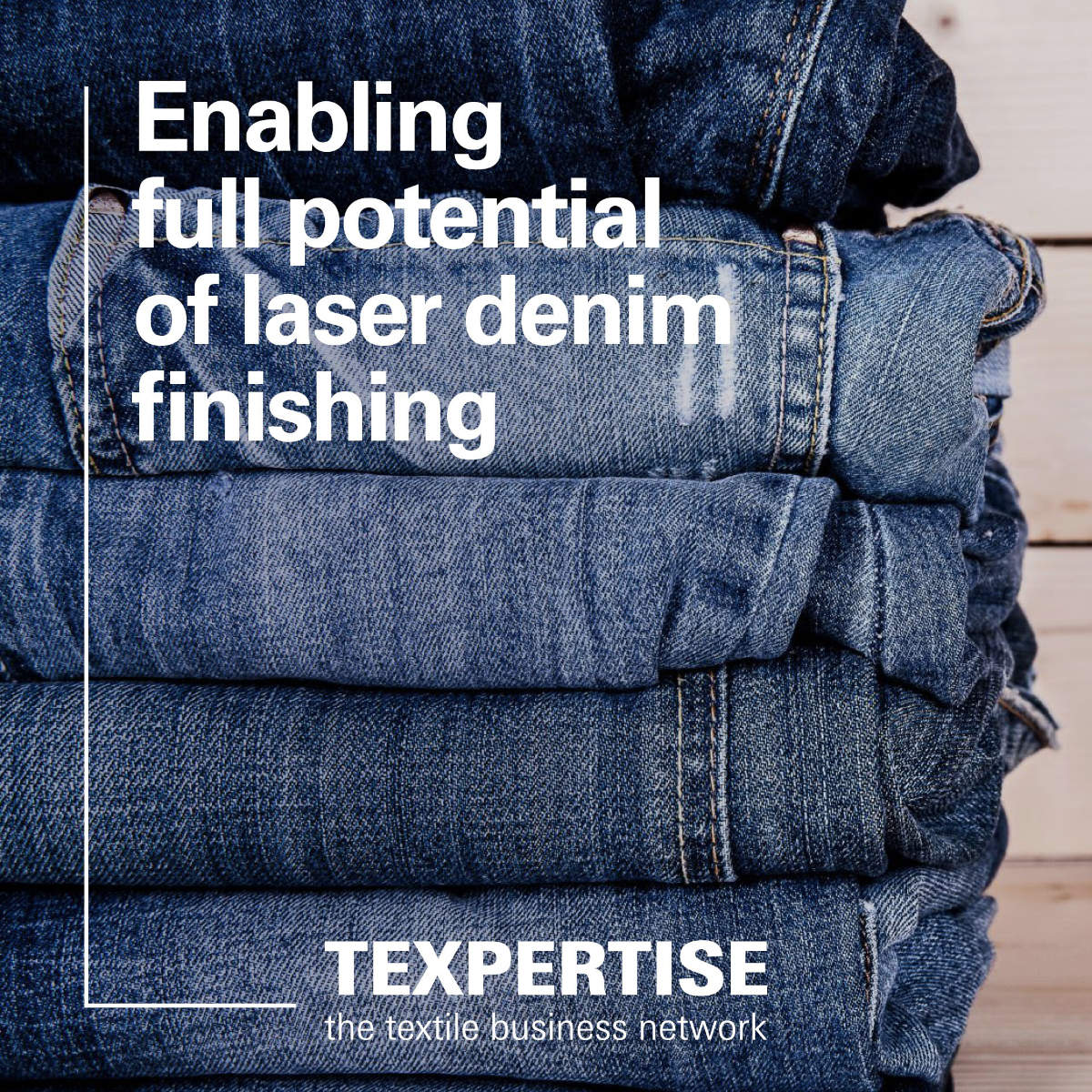Reading time: 6 minutes
When is a textile smart?
Dr Katharina Bredies: There are different ideas, depending on whether the term ‘smart’ refers to electronic textiles or textile materials that have additional functions beyond their traditional ones – such as chemical properties that enable them to react to external influences. Experiments are also being conducted with shape memory alloys that react to heat, whether body heat or heat generated by electricity – for example, for compression clothing.
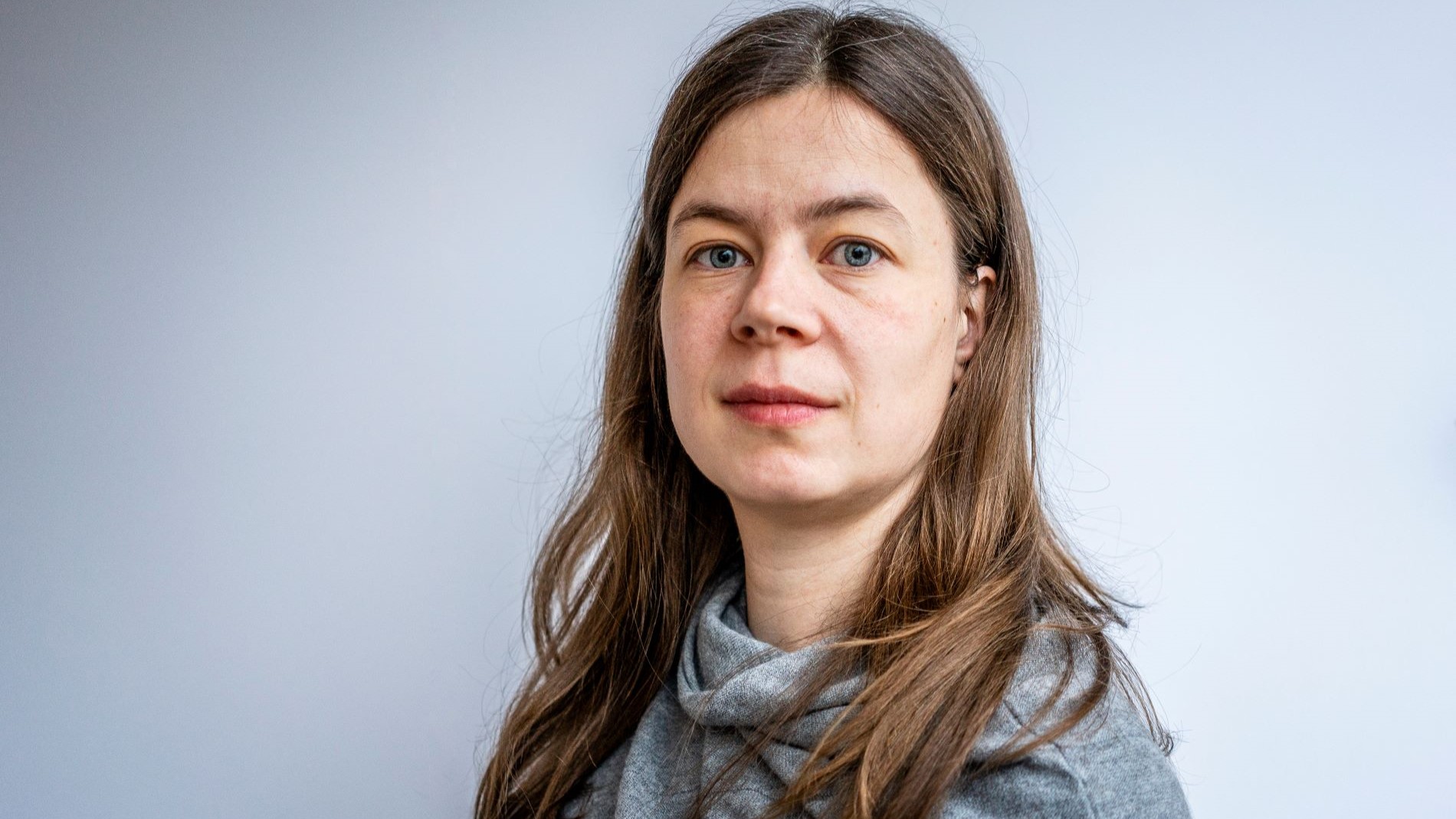
You have been researching electronic textiles such as wearables for many years. These can conduct, heat, transmit, receive, measure and illuminate, while retaining their textile properties. Is there an application that you find particularly exciting?
As I have worked in the field of wearables for a long time, my focus is on fashion design. At the same time, there is a great deal of ambivalence because the body is a very demanding field of application. The same applies to fashion expression when we talk about electronic textiles. It is important to note the difference between fashion and clothing. I also found the applications where the human body is not the limitation exciting – this is more in the field of the Internet of Things, where a lot of experimentation with electronic textiles is also taking place. Be it for interior design or on an architectural scale. The smart living sector encompasses highly specialised applications that exploit the adaptability of textiles to the human body. Little attention has been paid to the advantages of wearables for animals, but research is also being conducted in this field.
Like a blanket for horses that measures vital signs that can be read for treatment purposes?
Exactly, because these textiles are not far removed from smart clothing. They can offer an advantage because they can be worn close to the body and, in terms of their scale, function fundamentally differently from conventional electronics. With electronics, we are seeing a trend towards miniaturisation, whereas electronic textiles can be produced in large formats.

Preliminary research into smart textiles has been ongoing for a good 25 years and there is a wide range of ideas, yet production is very complex, demand is low and market launch in Germany often poses a major hurdle. In other words, the breakthrough has not yet happened – why is that?
This is an issue that concerns me greatly. In my view, one reason for this is that textiles and electronics are very different product areas in terms of standards and functional requirements. Raising them to a level where they can function reliably in large numbers and over a long period of time is a challenge. In very few cases does a company cover both areas of expertise, unless it was founded specifically for this purpose. The offering is divided into incubators and start-ups, so to speak. Everything that is built electronically in textiles is also more sensitive than conventional electronics. The costs are therefore higher and their benefits must be proven all the more. At the moment, the market is not sufficiently interdisciplinary – where do I take the smart textile to have it cleaned or repaired? Where can I dispose of it if it is classified as electronic hazardous waste? When the concept is to be turned into a product, many questions arise to which we do not yet have sufficient answers.
What about the durability of smart textiles?
One prerequisite for building electronic textiles is that they must be electroactive or electro-sensitive in some way, or conduct electricity. This is the case with classic conductive materials. Copper, for example, is often used in conventional electronics. This is a major problem in applications because copper is toxic. In addition, many metallic materials oxidise and lose their conductivity over time – and this process is naturally accelerated when they are treated with aggressive chemicals for cleaning. Researchers are currently working to find materials that offer the same performance but are less harmful to the environment. To achieve this, the conductive materials often have to be heavily insulated. In the case of copper-plated flat fabric, for example, a waterproof laminating film is used as a cover. Sweat and soap suds are extremely harmful to conductive materials and reduce their durability. Another factor is that textiles are subject to a great deal of movement, which leads to wear and tear. Once the clothing is damaged, the electronics no longer work.
You wrote your doctoral thesis on ‘Use as Design: On an Underrated Form of Design,’ exploring the potential for repurposing unusual objects using the example of electronic textiles. Can you give us a brief insight into how our use of textiles changes when they become smart?
Casual actions become conscious when textiles are electronic and measure the state of the body, for example. I can view my natural interaction with a textile as an indicator. The moment I feel warm, I push up my sleeves. I also sit down more consciously when my trousers are essentially an extension of my digital self. To some extent, this is also a deliberate effect – like adopting a conscious posture. Apart from that, I was fascinated by the playful interaction with the textile – the potential of how textile objects can look and function. It's a field of experimentation.
Can you give another example?
There is the question of what objects we currently know only in stable form could take on a textile form. How about a textile salad spinner, where we essentially become the spinner ourselves through our own movement? That doesn't say much about the electronics, but it's a clear example of how a change in the implementation medium can also change interaction and everyday use. If I want to measure interaction with electronic textiles and not with conventional electronics, then I have to coordinate the two. Users need to perform a certain sequence of actions in order to use this sensor technology. An example would be a blanket. What can I do with it? I can fold it, spread it out, crumple it, roll it up, shake it. In my scientific work, I have tried to formalise the handling of a blanket as a regulated, targeted folding process. A specific sequence that I have to follow in order to use the object's function.
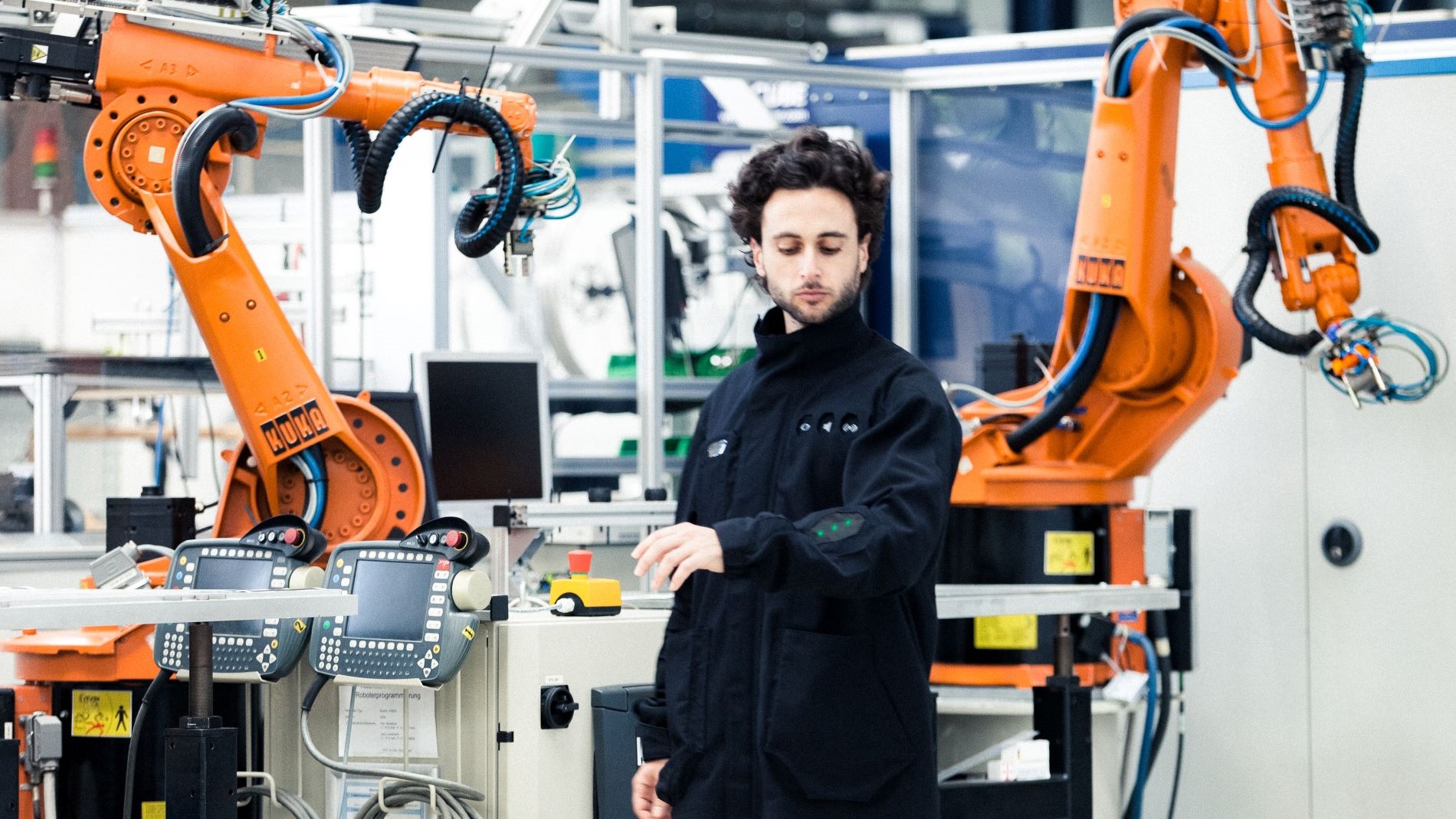
In 2018, you developed a knee injury brace that provides live feedback during training and calculates a range of performance metrics that orthopaedic specialists can use to assess recovery. Has the idea been taken up by the medical industry?
There is a nice term for the possibility of technical implementation: ‘technology maturity’. In design research, we often work at a very early stage to make things tangible. Unfortunately, Germany is not as far ahead as other countries when it comes to research funding for design. The next step would be a study on industrial producibility. This would usually require a manufacturer who is willing to provide space for experimentation with their resources. This research also revolves around the topics of smart factories and Industry 4.0. Wearables are therefore more likely to be offered as small-format products, e.g. handhelds or smart watches, portable electronic devices powered by rechargeable or regular batteries, rather than as smart clothing. Such intermediate steps can convince companies that investing in electronic textiles can also be worthwhile.
In parallel with smart textiles that we can wear on our bodies, there are also smart textile surfaces that can replace switches in car interiors, serve as surface heating systems or act as moisture and pressure sensors. What is your opinion on this?
In vehicle interiors, I have reliable conditions such as protected surfaces. This is suitable for the design of smart textiles. There is already a lot of technology available that is based on conventional elements. As far as I know, the automotive industry is very cost-sensitive because many processing steps are necessary. With strong cost drivers such as smart textiles, we are coming up against the problem of producibility. What we can install in demonstrators is great in terms of user experience. On the other hand, the question is what added value a smart textile offers in this context that conventional electronics such as a pressure sensor cannot. In my view, an attractive area of application is ambient lighting via textiles, as it gives the interior a completely different look and feel.
What are you currently working on?
In my teaching, I explore with students how established processes in textile production and the design of smart textiles can be brought closer together in the field of clothing. My approach is that we need to focus more on textile production in order to take the processes that already exist and reinterpret them so that they are also suitable for the design of smart textiles – instead of adding components retrospectively. We produce sample pieces and develop an exemplary mechanism in textile form. I also work in user experience design.
Cover image: Sensors of the light curtain. Photo: Matthias Steffen
